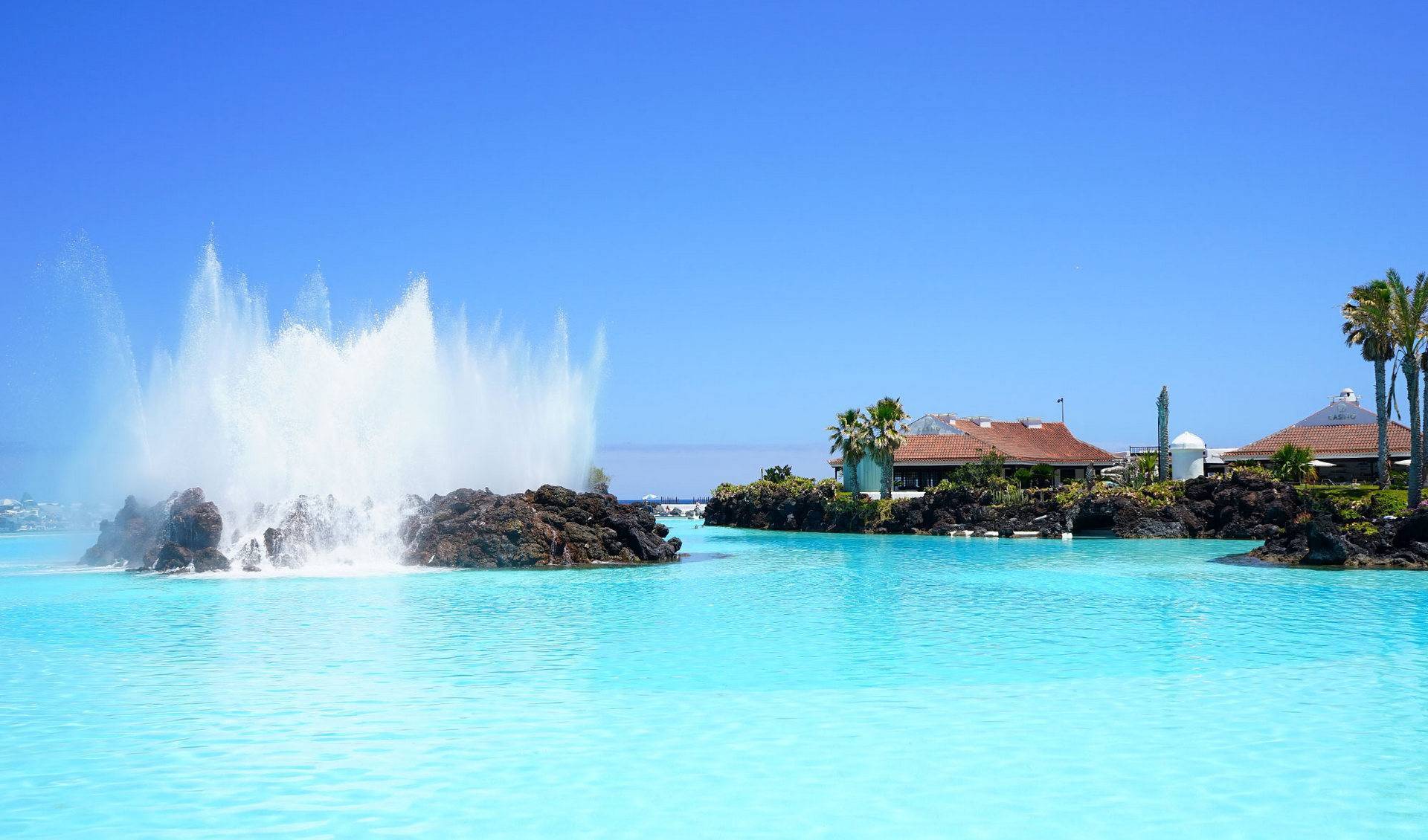Not everyone likes to holiday in the summer when it is unbearably hot outside, and all the resort towns are full of tourists. Many people prefer to travel to warmer climes during the cold season: firstly, it's a great chance to extend the summer, and secondly, a holiday in the cold season has many advantages which the hot season cannot boast of.
One popular destination is Tenerife, a Spanish island on the Atlantic coast. A visit there in January will be an impressive start to the new year. Kidpassage tells you what to prepare for when planning a trip to Spain in winter.
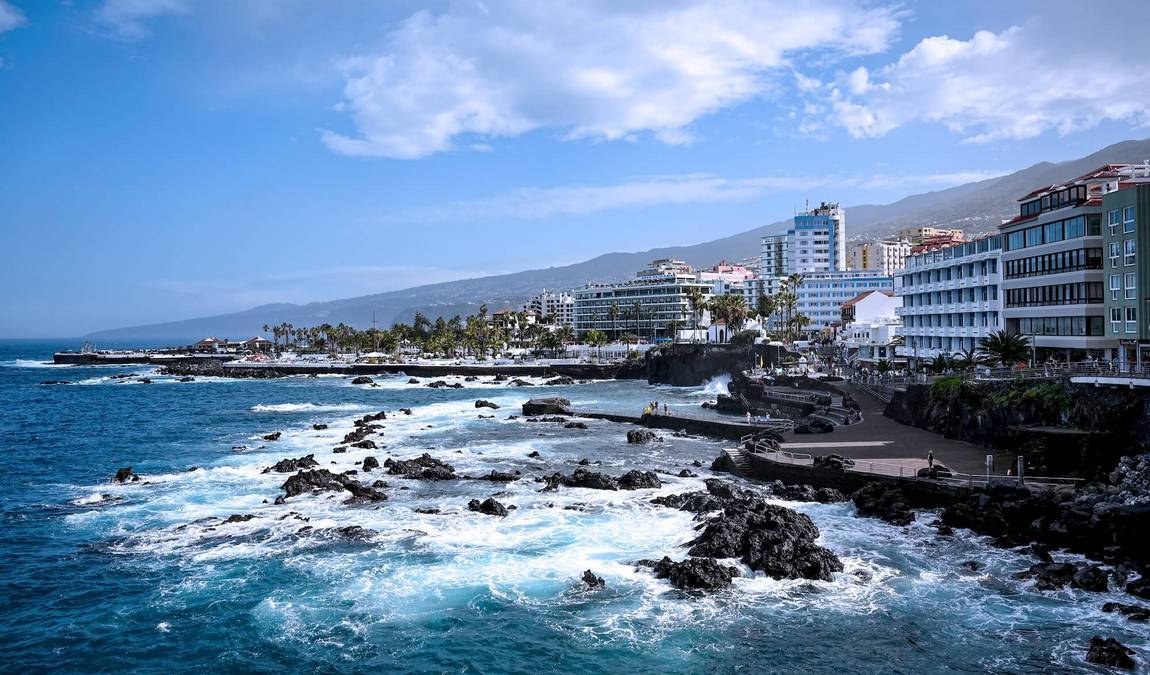
Photo: pixabay.com
Tenerife in January: pros and cons
Tenerife is such an exotic and fantastic corner of Spain that you simply cannot but like a vacation here. The "Island of Eternal Spring" pleases visitors anytime with good weather, a friendly atmosphere and natural beauties. Reviews of holidays in Tenerife in January only confirm that buying a tour and going on a trip here is just a great idea. Here are the main advantages of spending time on the island in the middle of winter:
- Tenerife enjoys ideal weather conditions almost all year round, with no snow or frost during winter. The sun beats down during the day.
- January sees many colourful and fun events and festivals, which we'll cover in this article.
- As the New Year holidays are over and the beach season is still far away, tour operators reduce the cost of their services, so in January, you can save a little on your trip.
- At this time, there is not a large influx of holidaymakers.
- Vacation guide to Tenerife
- 15 Best Things To Do in Tenerife With Kids
There is a fly in the ointment, however. Tenerife in January also has certain disadvantages:
- In mid-winter, the island has strong winds, and you will sometimes need a jumper on holiday.
- Water temperatures are often higher than air temperatures (both day and night).
- If you decide to climb to the summit of Mount Teide, it can be pretty cold and snowy.
- The ocean water temperature is not very warm. Only winter-swimmers and very hardy tourists can swim. A dip in the ocean is out of the question for young children.
Weather in Tenerife in January
The southern and northern parts of Tenerife have different climatic conditions, so the weather in January and February varies between the two parts. The north, for example, is lush with greenery during winter, while the south is less colourful. But in general, the island enjoys warm, sunny weather and light rainfall in winter.
The weather in early January is the coldest of the year. However, the average temperature of +15...20°C is unlikely too low for anyone. The humidity is still high. Cold trade winds increase in the north, and rain showers sometimes fall (on average for 5-6 days) in the south of Tenerife.
The temperatures in Tenerife in mid-January do not differ much from the beginning of the month. The island remains humid, warm and sunny most of the time. If you're planning a mountain trip, the peaks are covered in snow, so don't forget to dress appropriately.
The weather in Tenerife during late January is rather windy. As we've mentioned before, this is particularly noticeable in the north. The evenings are cool, and tourists will need some warm clothes.
Air and Water Temperature
The Atlantic Ocean plays a significant role in Tenerife's climate, ensuring warm weather all year round. In summer and during the off-season, Tenerife is warm but not sweltering due to the high humidity. During the winter, the temperature ranges between +18 ... 26 ° C.
Note, however, that temperatures in the southern and northern regions of the island vary considerably. Thus, if in winter the thermometer's temperature stays at +20 ... 25 °С in the south, in the north, it is a few degrees lower. It is also windy and rainy in the northern region.
Air Temperature in Tenerife in January
Tenerife's average daytime and night-time temperature in January is +17.2°C and +13.9°C, respectively. It's hard to imagine more excellent mid-winter weather. The tourists even have a chance to return from their holiday with a nice tan.
Only the southern resorts are better visited in winter, as the northern ones are cold, cloudy and rainy. When it's +20°C in the south, it's about +15°C in the north.
Sea water temperature in Tenerife in January
Early in the year, visitors are unlikely to be able to swim in the Atlantic Ocean — it's still too cold for a beach holiday (although we doubt that word applies to Tenerife at all). On average, the water temperature is +19.9°C.
The water temperature in the northern and southern parts is not much different, as the current influences it. Still, a beach holiday in the northern part will be less comfortable due to low air temperatures and piercing winds.
Precipitation
Only one rainy day is expected on the island for the entire month, bringing 28.5 mm of precipitation. An umbrella and a raincoat are useless things in your suitcase, so feel free to leave them at home.
Sunny, cloudy, overcast days
More than half of the days of the month (16 days, or 53%) are sunny here. Cloudy days take up 30% of the time. Cloudy weather in Tenerife also happens; the average number of gloomy days is 17%.
Beach holidays in Tenerife
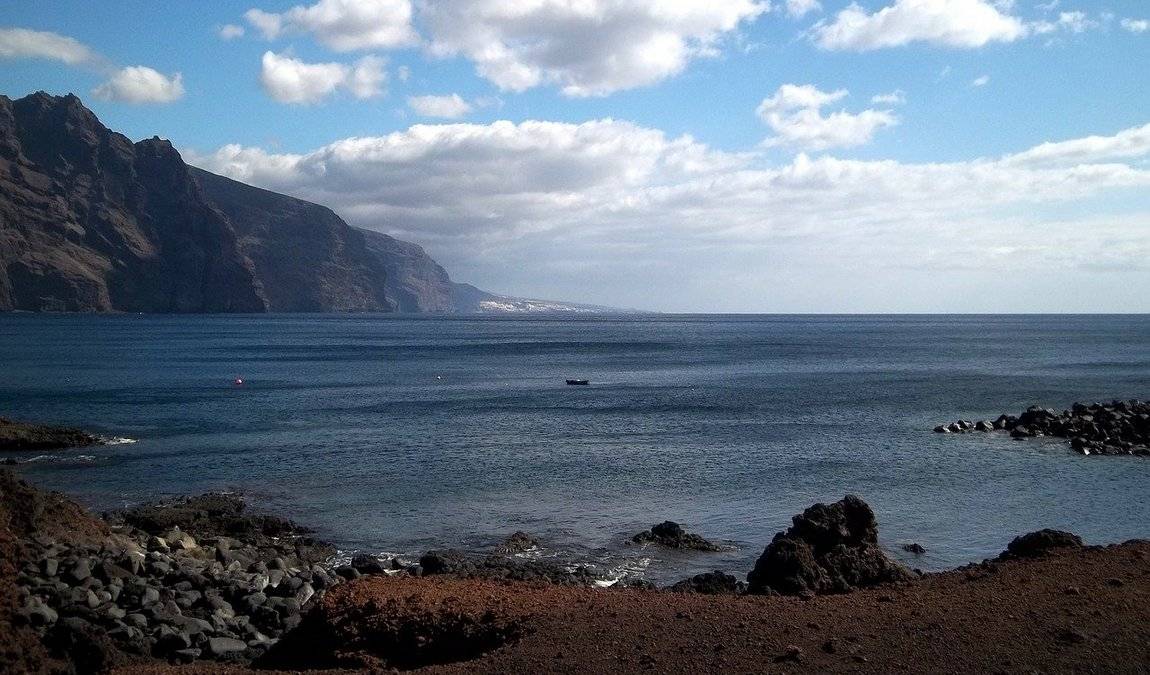
Photo: pixabay.com
Since the Canary Current significantly cools the water, swimming even in the warm season may only be somewhat comfortable, let alone in the middle of winter. However, the water's low temperature is not a reason to deny yourself a beach holiday because even the contemplation of seascapes brings unprecedented pleasure.
The beaches of Tenerife are unique because of the volcanic lava that covers the coast; the sand is almost black. It is worth travelling such a long distance to see this natural curiosity. But there are also areas where white sand is brought.
Southern part of the island
The south of Tenerife is considered the most popular area for a beach holiday. Not only tourists but also locals spend time here. The infrastructure is well-developed on the beaches, visitors are offered a wide range of water activities, and many cafes and restaurants are nearby.
In addition, there are Blue Flag beaches, such as Playa del Duque in Costa Adeje. Most of the territories are covered with imported white sand; the coast is divided by breakwaters. The southern part is excellent for families with children.
The most popular beaches are Playa del Duque, Torviscas, Playa de La Pinta (Costa Adeje); Playa de Los Cristianos, Playa Las Vistas (Los Cristianos); Playa Honda, Playa del Camison (Playa de Las Americas).
Northern part of Tenerife
The main highlight of this area is its natural beauty. Since it rains much more often in the north of Tenerife, ideal conditions have been created for the lush growth of plants. Local beaches are buried in flowers. Strong winds in this region create big waves that are perfect for surfing. All beaches are covered with natural grey sand. As for the infrastructure, here you can find both well-equipped territories and “wild” places.
The most popular beaches are Playa de Las Terisitas (Santa Cruz); Playa del Roquete, Playa de Bahamar (Bahamar); Playa El Pris, Playa de la Arena (El Pris/Mesa del Mar).
There are also many excellent beaches in the west and east. Local resorts are quieter and more secluded; there are fewer tourists here than in the southern and northern regions. Tenerife residents often rest in these parts of the island, but foreign visitors are also found on the coast.
The southern part of the island is more suitable for families with children, where it is much warmer and less windy. The northern regions will please aesthetes and nature lovers because it is beautiful here due to the abundance of greenery, but the temperature in the north is lower, and it rains more often.
Tour holidays in Tenerife
Sitting in a hotel and walking only around the nearby area is not the best plan, because there are so many exciting things on the island! There are so many attractions in Tenerife that it can be written more than one separate article about them. But we will tell you about the most interesting ones, which one hundred per cent must have to visit.
Teide Volcano
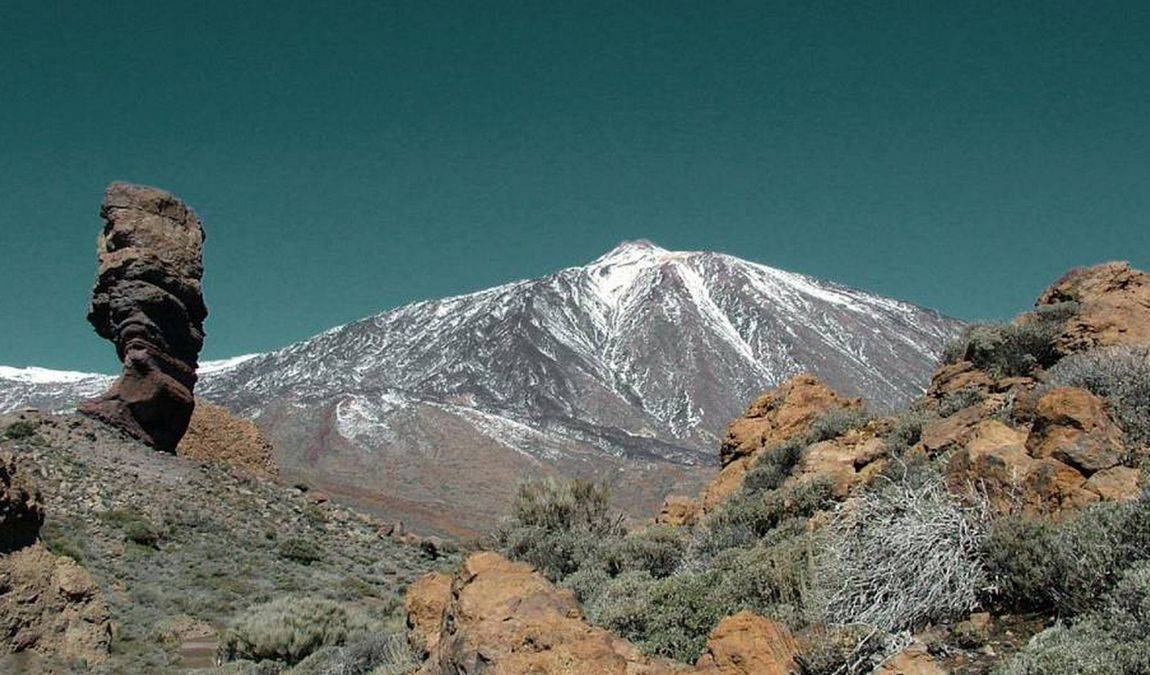
Photo: pixabay.com
The pearl of Tenerife is the legendary Teide volcano — the highest point in Spain (3718 m). At the top is an observation deck from where you can see all the Canary Islands. If you are not a rock climber, you can get here by road or cable car. The volcano is in the Teide National Park, included in the UNESCO World Heritage List. Many lava fragments of various shapes and colours have been preserved at the foot of the Teide. In early January, the park blooms and smells sweet even though there is a snow cap on the top of the volcano.
Botanical Garden
Another place with picturesque nature is the Botanical Garden of Tenerife. It doesn't matter if you come here at the end of January, in the middle or at the beginning of the month; an incredible spectacle awaits you. More than 4,000 representatives of exotic flora grow on an area of 2.5 hectares. There are ponds in the garden where turtles live, and decorative elements are everywhere. Tenerife Botanical Garden is one of the best places to take unique photos.
San Miguel Castle
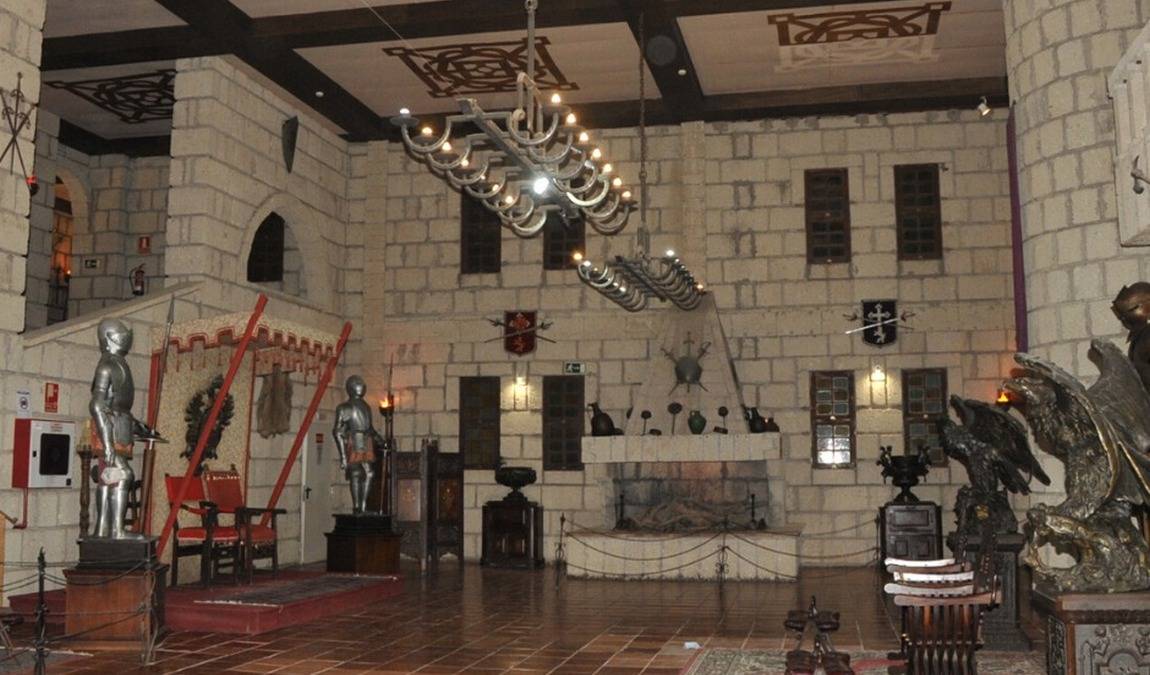
Photo: facebook.com/castillosanmigueltenerife
There are many architectural curiosities on the island. One of the most famous buildings is the Castle of San Miguel, located in the city of the same name. But the castle gained popularity not at all because of its historical significance. San Miguel's guests seem to journey through time, completely transported to the Middle Ages. Tourists will visit an exciting excursion and see a real jousting tournament, an incredibly spectacular show; after which visitors will have dinner in the best medieval traditions.
In January, there are excellent weather conditions for sightseeing holidays, and there is something to see in Tenerife! The island has many corners of picturesque nature, the main of which is the Teide National Park. Tenerife is also replete with unique historical and architectural attractions.
If you come to Tenerife with children, visit the following places:
- Monkey Park Tenerife
- Jungle Park
- Loro Parque, where a large number of species of animals and birds are collected, and you can also admire the amazing natural beauties
- Aqualand and Siam Park water parks in Costa Adeje
Holidays, events, festivals
Guests of the island not only relax on the beaches and attend excursions but also participate in the holidays in Tenerife in January. Like us, New Year's events in Spain continue for quite a long time, so visitors have every chance to have fun at city festivities.
On January 6, the country celebrates the Day of the Three Kings, also called Epiphany. In Santa Cruz and the large cities of the island, a solemn procession of the Three Kings takes place, which gives people various surprises. Moreover, the kings march through the city streets, accompanied by their entourage — pages, fairies and other fairy-tale heroes. It is a very bright and cheerful holiday, which children and adults eagerly await.
January 17, in the province of Arona, celebrate the Day of St. Anthony the Great. Locals dressed in traditional costumes organize a procession through the city, carrying the image of the Saint through the streets. Another significant religious celebration in honour of Our Lady of Nuestra Señora de Begonia takes place on January 27 at Almaciga Beach.
On January 20, in Costa Adeje, the memory of the city's patron saint, Saint Sebastian, is honoured. The holiday begins on the evening of the 19th with a concert, which ends with fireworks. The following day, a wooden sculpture of the patron is traditionally brought to the ocean at Enramada Beach. On St. Sebastian's Day, horses are bathed — the action is quite spectacular, so residents and guests of the island participate in it. Fairs are held in the city squares, and attractions for children are installed.
Cost of vacation
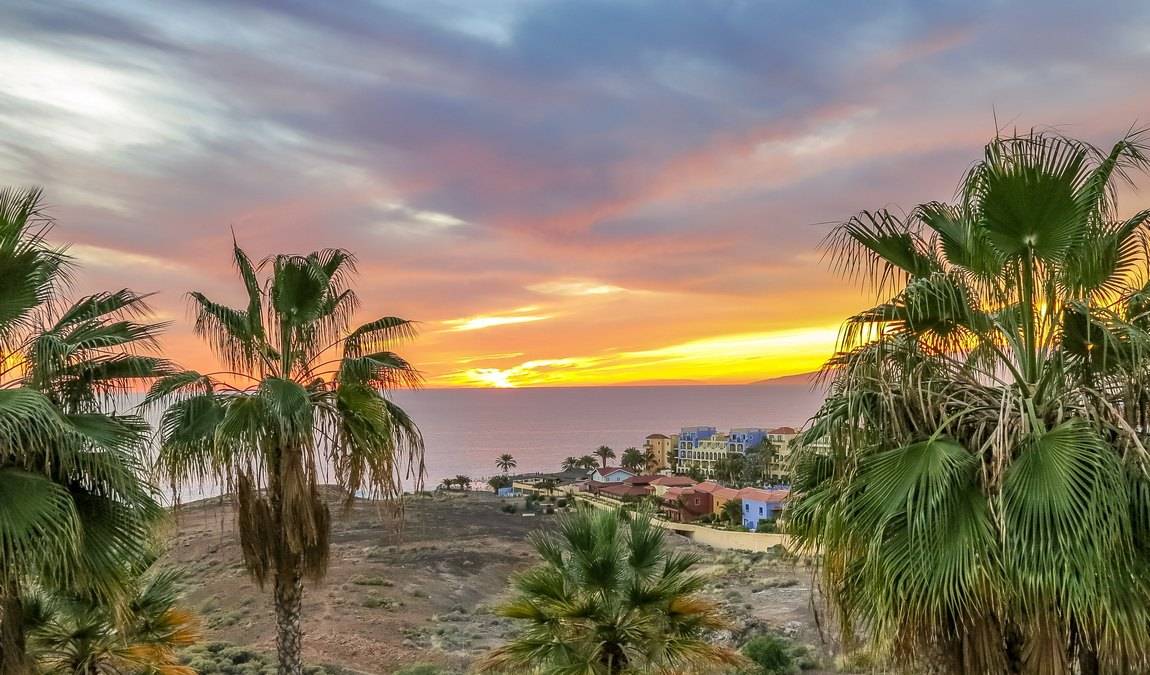
Photo: pixabay.com
Not everyone can afford a vacation in the Canary Islands because it is quite an expensive pleasure. But those who still have access to such a vacation will be pleased with the prices in Tenerife in January. Since the New Year holidays have already ended, and the beach season, during which many more people come to the island, has yet to begin, vacationers in the middle of winter will be able to save money.
Tour Packages
The cost of the December and January tour is not too different. Even though many want to celebrate the New Year by the ocean, the price difference is only 3%. In December, vacationers pay a little more than in January.
Airfares
With each winter month, air travel prices are falling. At the beginning of winter, travellers pay 10% more than in January. In February, the cost is reduced by another 13% compared to the previous month.
Accommodation
Accommodation in local hotels in the middle of winter is a little more expensive than at the end. The cost difference is 5%. On average, guests pay 110 euros per day in January and February — 104 euros.
Food and Transport
The cost of a meal in Tenerife depends entirely on the class of the cafe or restaurant. Dinner with wine in a fancy restaurant will cost about 70-90 euros per person. At a café, on the other hand, a meal costs around 15-20 Euros. Many places have a "meal of the day" menu, a few euros cheaper.
You'll get bored sitting in one place, and then you'll have to use public transport provided by the TITSA network of buses. Fares depend on the distance and are the same for adults and children. The island's capital, Santa Cruz de Tenerife, has a tram service. Tickets must be purchased directly from the driver.
Taxi companies can also be used on the island. All taxis cost around 3 euros for a boading and 1 euro per each kilometre. It's not a bad idea to rent a car, as you'll have to drive around the area anyway so that you won't get bored at the hotel.
- What to Eat in Spain — 48 Spanish Foods You Must Try
- Spanish Fruit and Vegetables — A Seasonal Guide
What to wear on holidays in January
The temperature difference between day and night is vast, so tourists should wear light and warm clothes. T-shirts and shorts are acceptable for daytime strolls, but jeans and jumpers should be worn in the evening or when climbing Mount Teide or other mountain peaks.
Swimming costumes should also be packed, as Tenerife has water parks that can be used all year round. And even sunbathing on the beach is possible at such high daytime temperatures. You'll be sure to have your sunhat and sunglasses tucked away in a drawer, and it's time to get them out while packing your suitcase for the trip. And don't forget your sunscreen.
Regarding footwear, take sturdy, practical shoes in addition to beach footwear, as an island excursion involves long walks.
Tips for travelling with kids
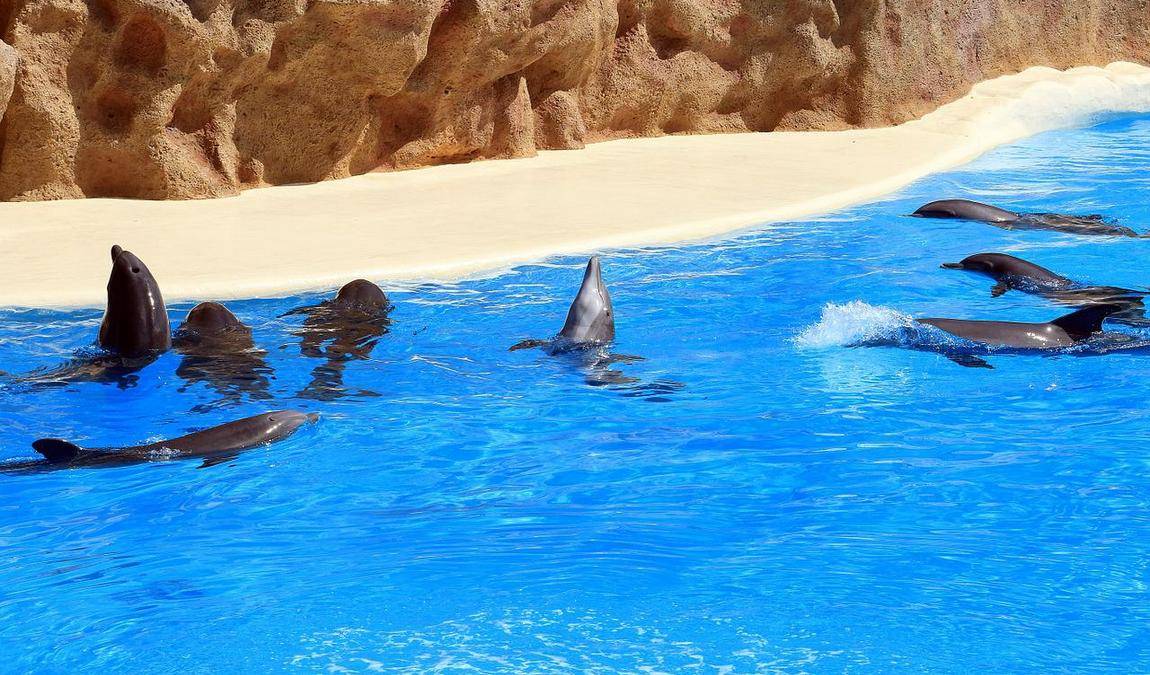
Photo: pixabay.com
Whether or not you'll be comfortable in Tenerife in January with children depends on your expectations. If swimming in the ocean is your main objective, it's worth considering other destinations as the water is still cold in the middle of winter. But you can always splash around in the hotel pools or visit the local water parks. Otherwise, opt for the south of the island, warmer and sunnier.
For the more adventurous traveller who wants to explore the local attractions and expand their horizons, mid-winter is an excellent time to be active. Tenerife has enough excursions and activities to give your kids a memorable experience and an unforgettable winter holiday.
It's said that you can celebrate the New Year the way you celebrate it. So why not start the year with a visit to the "Island of Eternal Spring"? Kidpassage's "13 Facts About Tenerife" article will pique your interest in this enchanting Spanish island. It is a fabulous place, the beauty of which is worth seeing at least once in your lifetime!



